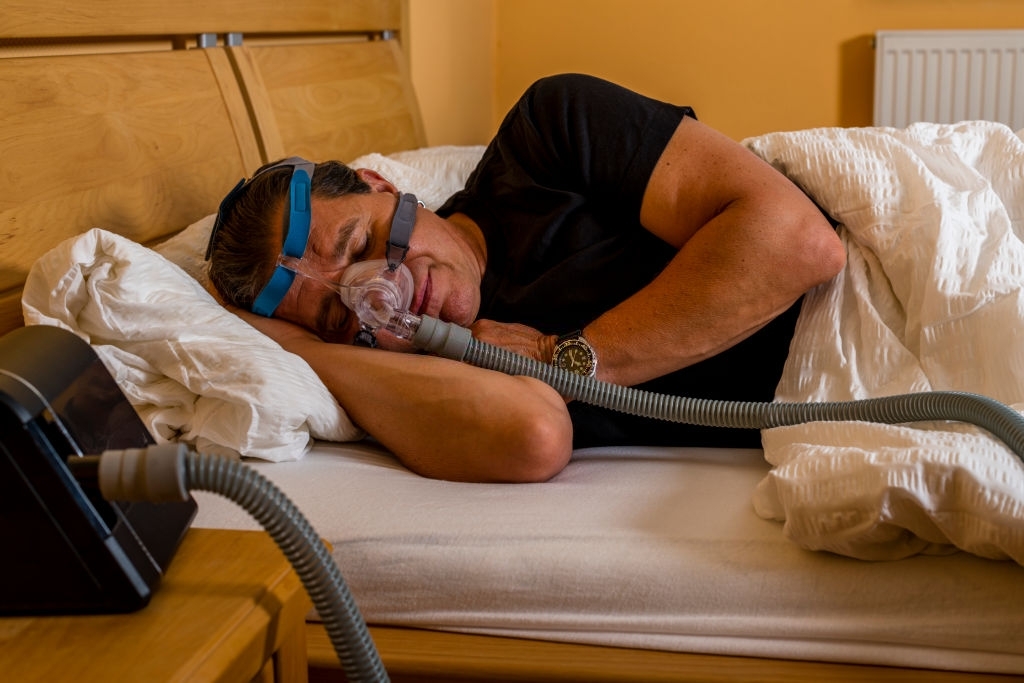Sleep apnea can impact quality of life for both sleeping and waking hours. This type of sleep disorder occurs when breathing irregularities affect the natural rhythm of the body. Whether you have obstructive, central or complex sleep apnea, some people are more at risk than others.
What Are The Three Types of Sleep Apnea?
The three main types of sleep apnea all impact the quality of sleep and potential daytime energy. They include:
-Obstructive sleep apnea
-Central sleep apnea
-Complex sleep apnea
Central sleep apnea happens when the brain cannot send the correct signals to the muscles that make breathing rhythmic and steady. This type of sleep apnea is not as common and may need immediate treatment.
Obstructive sleep apnea is diagnosed more frequently than central sleep apnea. When the throat muscles relax causing irregular breathing patterns, this type of sleep apnea can also be dangerous if not treated.
Complex sleep apnea happens when both central and obstructive sleep apnea occur at the same time. Somebody that is diagnosed with complex sleep apnea may need treatment immediately.
Who Gets Sleep Apnea?
The three most typical signs of sleep apnea include:
-Age
-Sex
-Weight
Sleep apnea can affect anyone, but typically occurs in men more than women. The most common subgroup to be diagnosed with sleep apnea are men over the age of fifty who are typically overweight.
Physical traits associated with obstructive sleep apnea include excessive weight. Patients who are obese or who have a large neck can create structural abnormalities making it difficult to breathe while asleep. If the diameter of the upper airway is decreased, this can greatly impact breathing. Nasal obstruction, enlarged tonsils or a small jaw can play a role in this type of sleep apnea.
Can Women Get Sleep Apnea?
Women are not immune to the diagnosis of sleep apnea. This condition can affect people of any age, sex or race. If an individual is experiencing insomnia, talking with a physician is recommended.
Women can have any of the three types of sleep apnea conditions. This can happen regardless if they are overweight. If there is a blockage in the airway, women can suffer from obstructive sleep apnea. This can occur when soft tissue located in the throat collapses. Like men, women who have central nervous system dysfunction can be susceptible to central sleep apnea. This is more likely to happen if a patient has Lou Gehrig’s disease, heart failure or kidney disease.
How Is A Diagnosis Made?
Not everyone knows if they have sleep apnea. The first symptom may be excessive drowsiness during the day or a feeling of unrest. Many people who are diagnosed with sleep apnea are actually told by a partner or spouse beforehand.
Sleep apnea can lead to loud snoring. A partner or spouse may notice sudden awakenings during the night or excessive night sweating. Those afflicted with sleep apnea frequently notice daytime fatigue, depression, trouble concentrating and dry mouth when first waking.
To diagnose sleep apnea, a doctor must order several tests. By monitoring breathing patterns, a physician can better understand the type and treatment for specific sleep apnea conditions.


